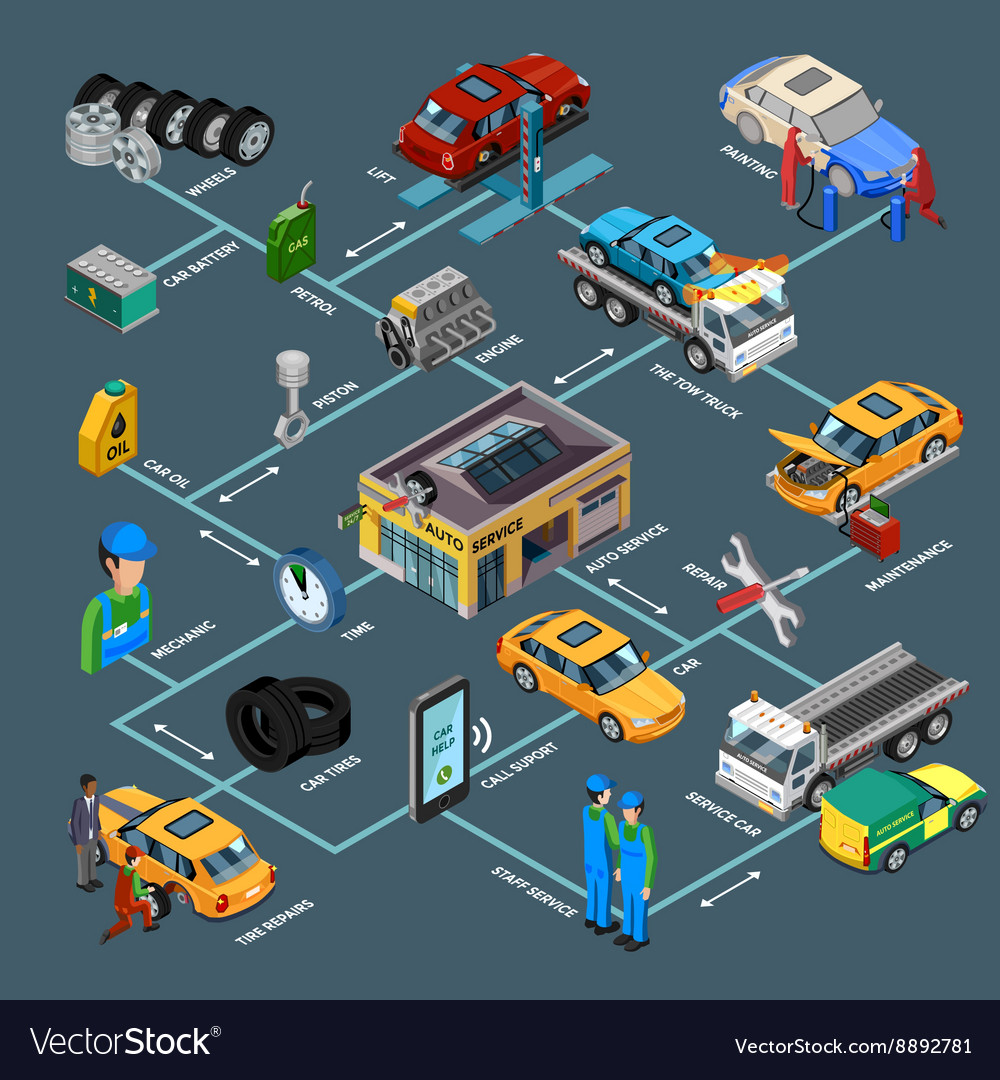Grasping The Value Of Your Automobile'S Warning Signals: What They Actually Represent
Grasping The Value Of Your Automobile'S Warning Signals: What They Actually Represent
Blog Article
Web Content Writer-Vinson Torres
When you lag the wheel, those beautiful warning lights on your control panel can be a little bit complicated. Do you know what they're attempting to tell you regarding your auto's health and wellness? Comprehending the importance of these lights is crucial for your security and the long life of your lorry. So, the following time one of those lights pops up, would not you intend to decipher its message precisely and take the required actions to resolve it?
Common Warning Lighting and Interpretations
Recognize usual warning lights in your auto and recognize their definitions to ensure safe driving.
The most normal warning lights consist of the check engine light, which signifies concerns with the engine or discharges system. If this light begins, it's vital to have your automobile inspected without delay.
The oil pressure cautioning light indicates low oil pressure, needing prompt attention to prevent engine damage.
mouse click the following post blinking battery light could suggest a damaged charging system, potentially leaving you stranded if not attended to.
The tire pressure monitoring system (TPMS) light notifies you to low tire stress, affecting lorry stability and gas effectiveness. Ignoring this can result in harmful driving conditions.
The abdominal light suggests an issue with the anti-lock braking system, endangering your capacity to stop promptly in emergency situations.
Finally, the coolant temperature level alerting light warns of engine getting too hot, which can lead to serious damages if not dealt with promptly.
Recognizing these typical caution lights will assist you address problems quickly and preserve safe driving conditions.
Relevance of Prompt Attention
Recognizing the usual caution lights in your cars and truck is only the initial step; the significance of immediately dealing with these cautions can't be emphasized sufficient to ensure your security when traveling.
When a warning light illuminates on your control panel, it's your car's means of interacting a prospective concern that requires attention. Disregarding these warnings can cause more serious troubles later on, compromising your safety and possibly costing you much more out of commission.
Prompt interest to cautioning lights can stop break downs and mishaps. For example, a blinking check engine light could show a misfire that, if left ignored, might create damages to the catalytic converter. Resolving this without delay can save you from an expensive repair service.
Likewise, a brake system cautioning light might signify reduced brake fluid or worn brake pads, vital elements for your security when driving.
DIY Troubleshooting Tips
If you see a warning light on your control panel, there are a few DIY repairing suggestions you can try prior to seeking professional aid.
The very first step is to consult your cars and truck's handbook to comprehend what the specific caution light indicates. Occasionally the issue can be as easy as a loose gas cap setting off the check engine light. Tightening car detailing brushes near me may solve the issue.
One more typical concern is a reduced battery, which can cause different warning lights. Examining the battery connections for deterioration and ensuring they're protected may repair the issue.
If a caution light continues, you can attempt resetting it by detaching the automobile's battery for a couple of minutes and afterwards reconnecting it. Furthermore, examining your lorry's fluid levels, such as oil, coolant, and brake liquid, can aid repair cautioning lights associated with these systems.
Final thought
Finally, comprehending your automobile's caution lights is necessary for keeping your vehicle running smoothly and securely. By immediately resolving these alerts and recognizing what they mean, you can stay clear of pricey fixings and potential malfunctions.
Remember to consult your auto's manual for particular information on each cautioning light and take action appropriately to ensure a hassle-free driving experience.
Remain informed, stay secure on the road!
